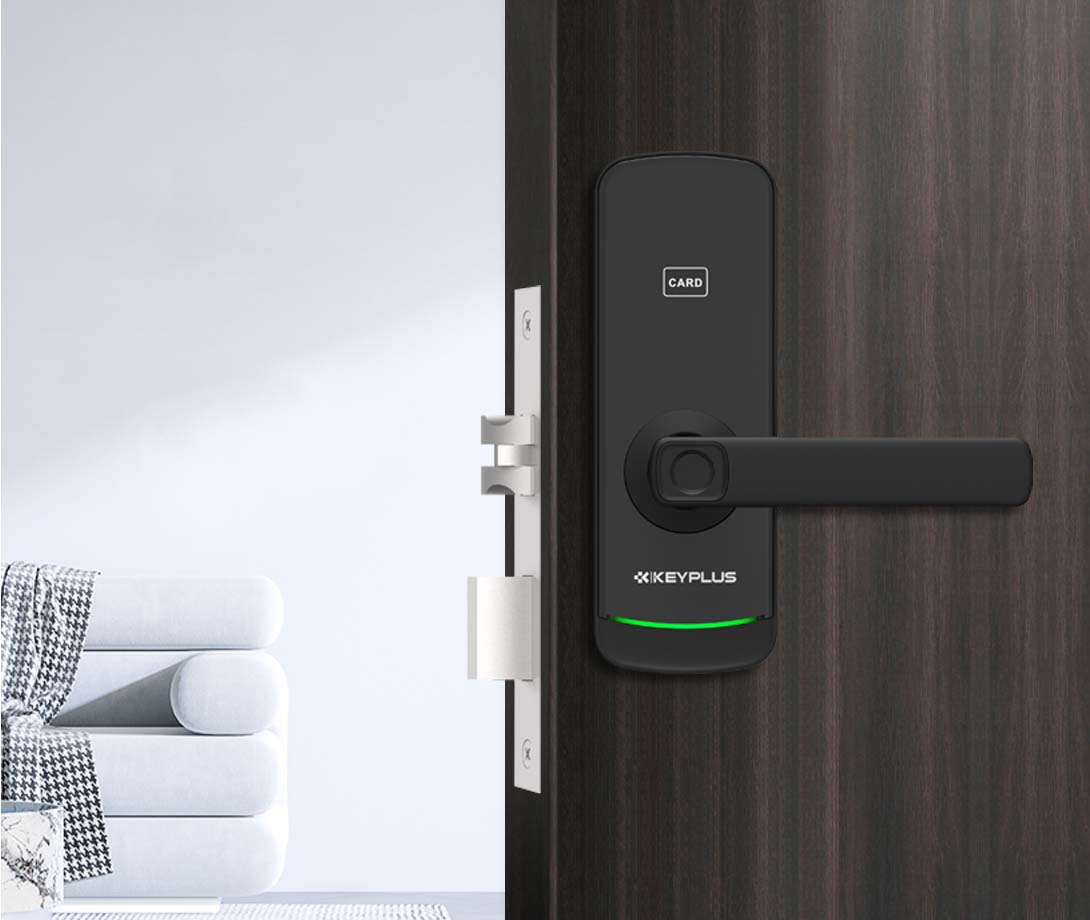Do Smart Locks Lock Automatically?
Picture this: You’re halfway to work when panic strikes—“Did I lock the front door?” For millions of Americans, smart locks promise to eliminate this anxiety with automatic locking. But how reliable is this feature? Does it work when you need it most? And could it accidentally lock you out of your house? Let’s unpack the truth about auto-locking smart locks and whether they’re right for you.
1. How Automatic Locking Works (It’s Not Magic)
Most smart locks offer two types of automatic locking:
a) Timer-Based Auto-Lock
- Set the lock to engage after 30 seconds to 5 minutes of being unlocked.
- Best for: Forgetful homeowners or high-traffic doors.
b) Geofencing Auto-Lock
- Uses your smartphone’s GPS to lock/unlock when you leave/arrive home.
- Caveat: Requires precise GPS calibration to avoid locking you out mid-yardwork.
2. The Pros: Why Americans Love Auto-Locking
Peace of Mind on Steroids
- No more “Did I lock it?” calls to neighbors.
- Vacation proof: Check your app to confirm doors are secure from Hawaii.
Childproofing Made Easy
- Teens who “forget” to lock up? Auto-lock enforces routine.
- Bonus: Activity logs show who came/goed (and when).
Insurance Perks
- Some providers like State Farm offer discounts for smart locks with auto-locking—check your policy!
3. The Cons: When Auto-Lock Becomes Auto-Oops
Scenario 1: The Grocery Bag Dilemma
You unlock the door, arms full of Trader Joe’s bags. Before you can get inside… click. The door auto-locks. Now you’re juggling groceries while digging for your phone.
Fix: Choose locks with motion sensors that wait until the door closes.
Scenario 2: The Amazon Delivery Disaster
Your lock auto-secures while a delivery driver is mid-drop-off. Packages pile up on the porch.
Fix: Use temporary access codes for deliveries that override auto-lock.
Scenario 3: The Zombie Phone Glitch
Your phone dies, geofencing fails, and the door stays unlocked all night.
Fix: Always pair auto-lock with manual override (keypad, physical key).
4. Top 3 Auto-Lock Features Americans Actually Use
- ”Knock to Lock” : Tap your phone to lock instantly.
- Voice Commands: “Alexa, lock the front door” overrides auto-timers.
- Guest Modes: Disable auto-lock during parties.
5. Safety Concerns: Can Auto-Lock Backfire?
The “Locked Out” Nightmare
Auto-lock + a warped door frame = disaster. Test your door’s alignment first!
Battery Life Bets
Dead batteries = failed auto-lock. Opt for locks with dual power sources (batteries + emergency USB-C).
Hack Risks
Internet-connected auto-locks can be exploited. Use Z-Wave encryption over basic Wi-Fi.
6. Pro Tips for Hassle-Free Auto-Locking
- Test Before Trust: Run 10+ trials with your door open/ajar.
- Weatherproofing: Cold winters drain batteries faster—choose models with low-temp alerts.
- Renters’ Hack: Use adhesive-mounted locks like SwitchBot Lock for no-drill auto-locking.
7. The Verdict: Should You Enable Auto-Lock?
Yes if…
- You’ve got ADHD-level forgetfulness.
- Your neighborhood has porch pirates.
- You want to flex “smart home” creds.
No if…
- Your door doesn’t close smoothly.
- You frequently host contractors/dog walkers.
- You’re paranoid about tech glitches.
Final Thoughts
Auto-locking smart locks are like a reliable babysitter for your home—great for routine but not infallible. For most Americans, combining timer-based auto-lock with geofencing and a physical backup (keys or keypad) strikes the perfect balance.
Remember: No smart lock replaces common sense. Pair auto-lock with security cameras (hello, Ring!) and old-school habits like checking windows. Now go enjoy that key-free life—just don’t forget where you left your phone!
Post time: Apr-28-2025


